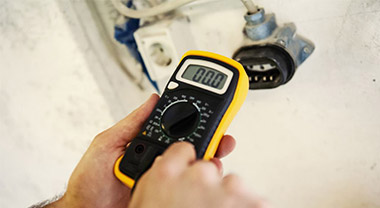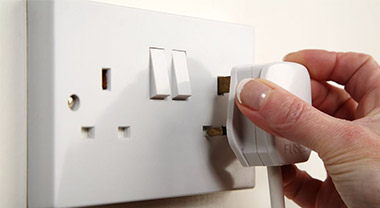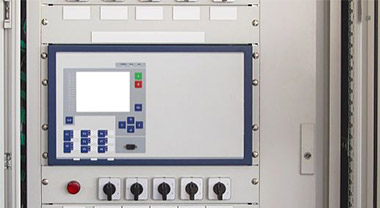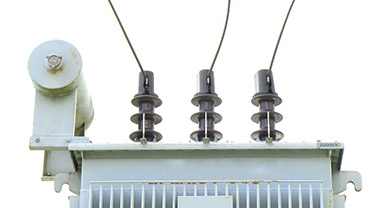How to select the motor circuit breaker?
Circuit breakers have short-circuit tripping and thermal tripping modes. Short-circuit tripping means that the huge current generated by a short-circuit fault in the circuit causes the short-circuit release to act quickly to disconnect the circuit to achieve the purpose of protection. Thermal trip means that the current in the circuit exceeds the rated current of the circuit breaker, causing the trip unit to operate. This action time is related to the size of the current. The larger the current is greater than the rated current, the shorter the trip action time. Although the current is very large when the motor starts, it still cannot reach the action point of the short-circuit release, while the thermal release requires a certain amount of time, which is sufficient for the motor to start. Here, your circuit breaker is selected a bit smaller. Since the actual current is very close to the rated current of the circuit breaker, after a long working time, the circuit breaker may malfunction. For this kind of circuit, a 100A circuit breaker is usually selected. Overheat protection should be completed by thermal relay.
When using a circuit breaker to protect the motor, you must pay attention to two characteristics of the motor (mainly AC induction motor): one is that it has a certain overload capacity; the other is that the starting current is usually several times the rated current (reversible operation or reverse connection system) Even up to ten times when moving). Therefore, in order to ensure the reliable operation and smooth start of the motor, the following principles should be followed when selecting the circuit breaker:
(1) Determine the long-delay operating current setting value of the circuit breaker according to the rated current of the motor.
(2) The returnable time of the 6 times long delay action current setting value of the circuit breaker is longer than the actual starting time of the motor.
(3) The instantaneous operating current setting value of the circuit breaker: the cage motor should be 8-15 times the rated current of the release; the winding motor should be 3-6 times the rated current of the release.
Of course, for motors that need to be started frequently, if the probability of open phase operation is not high or there is an open phase protection device, it is more appropriate to use a combination of fuse and magnetic starter for control and protection, because this protection method is convenient for remote Distance control.




